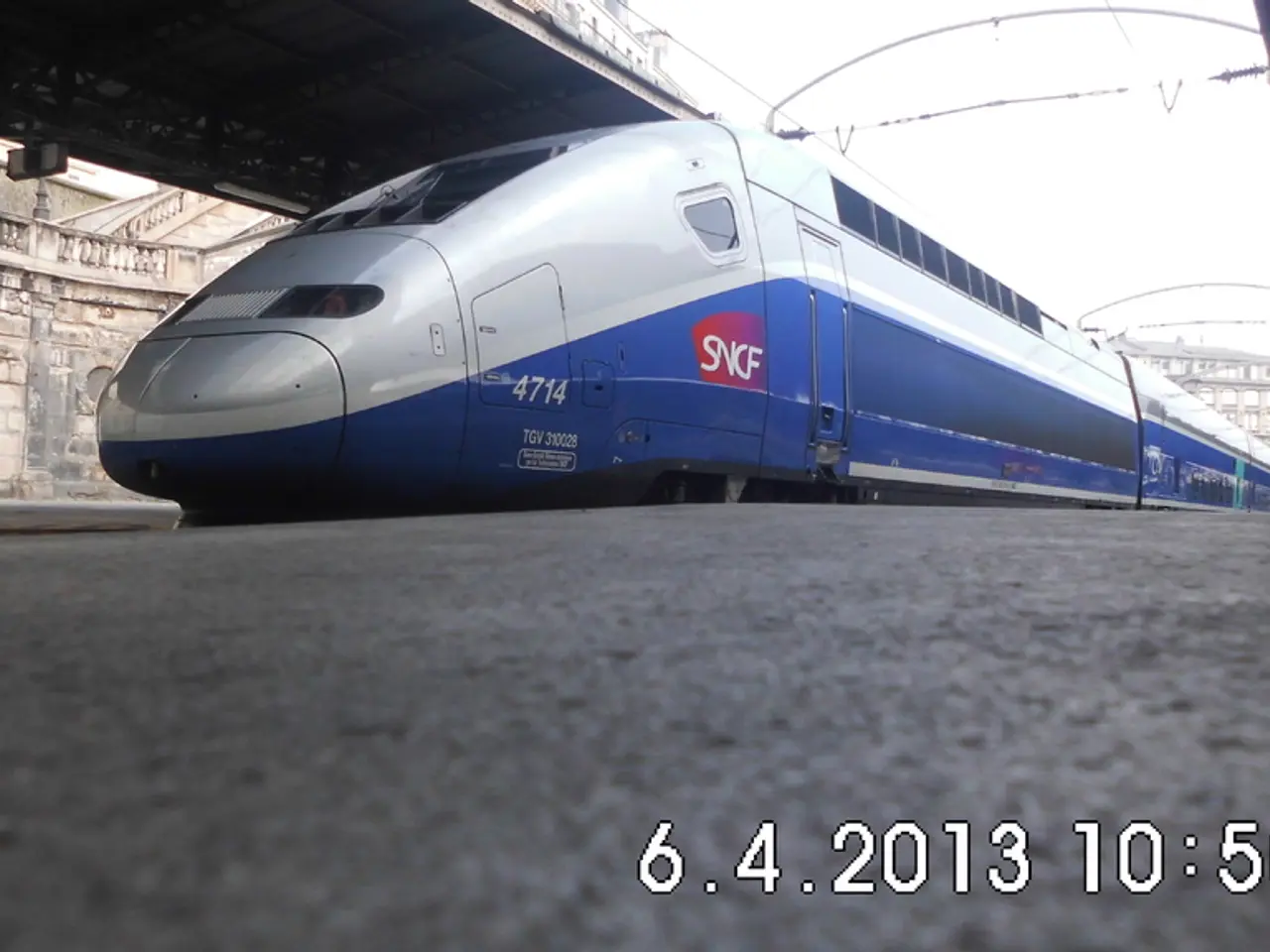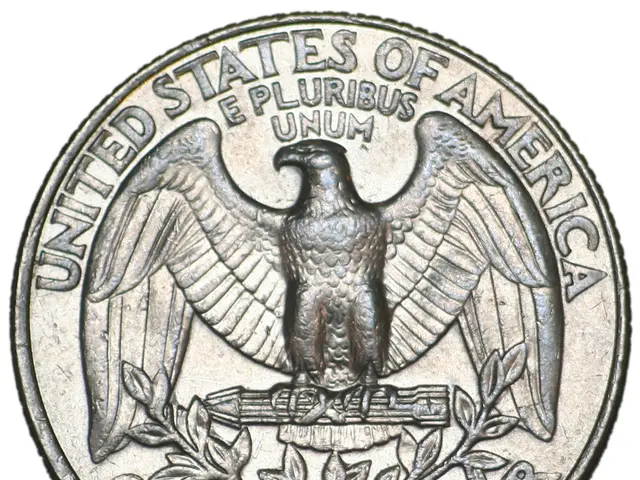City of Toronto reveals planned layout for significant transit station regions across the city
Toronto, a bustling city that welcomed over 200,000 new residents last year, is taking significant steps to accommodate its growing population. The province of Ontario has approved a plan to build more homes around 120 transit stations in the city, aiming to help Toronto reach its target of 285,000 new homes by 2031 and construct over 1.5 million homes over the next 25 years.
The city has already amended the Official Plan to allow increased density in these transit areas. There will be 25 Major Transit Station Areas (MTSA) in Toronto, each spanning a 500 to 800-metre radius near an existing or planned transit station. Six-storey apartments can be built within 200-metres of a transit station or on a major street, with taller buildings permitted near major transit stations to provide housing for more people. If a building is within 200 to 500 metres of a transit station, the permittable floor space index (FSI) is six or more, while buildings within 200 metres of a transit station can have an FSI of eight or more.
In addition to the MTSAs, there will be 95 Protected Major Transit Areas (PMTSA) in Toronto. These areas will have minimum densities for individual new developments, and inclusionary zoning will be applied. The city adopted inclusionary zoning policies in 2021, requiring between 5 and 10% affordable housing units to be constructed in new developments, with a minimum 99-year affordability period. The potential for 53,000 new affordable homes could be provided through the PMTSAs.
The policy is designed to benefit workers such as nurses, paramedics, artists, engineers, planners, firefighters, and entrepreneurs, who often face high housing costs in the city. The Major Transit Station Areas will only apply to subways, light-rail transit (LRT) and GO train stations.
The province sets out minimum densities that these areas must achieve, with 200 residents and jobs per hectare for subway areas, 160 for LRT station areas, and 150 for GO Transit station areas. The goal is to convert policies into as-of-right zoning, eliminating the need for rezoning applications.
However, there are "compatibility issues" with the surrounding land uses for the Protected Major Transit Areas at Finch West and Sentinel, which are currently under active discussions. The province approved 95 Protected Major Transit Station Areas (PMTSAs) in Toronto on August 15, 2025, but there are no clear public listings identifying which specific PMTSAs remain unapproved or are under active discussions. The approved OPAs set boundaries and policies for all 95 PMTSAs and 25 MTSAs, including density targets and inclusionary zoning requirements, while compatibility with surrounding uses is governed by these policies and local planning amendments rather than public discrete lists of pending approvals or disputes.
The city aims to adopt implementing zoning by late spring or early summer of next year. The policy changes are part of Toronto's broader efforts to address housing affordability and accommodate its growing population.
Read also:
- Duty on cotton imported into India remains unchanged, as U.S. tariffs escalate to their most severe levels yet
- Steak 'n Shake CEO's supposed poor leadership criticism sparks retaliation from Cracker Barrel, accusing him of self-interest
- President von der Leyen's address at the Fourth Renewable Hydrogen Summit, delivered remotely
- Unveiling Innovation in Propulsion: A Deep Dive into the Advantages and Obstacles of Magnetic Engines







